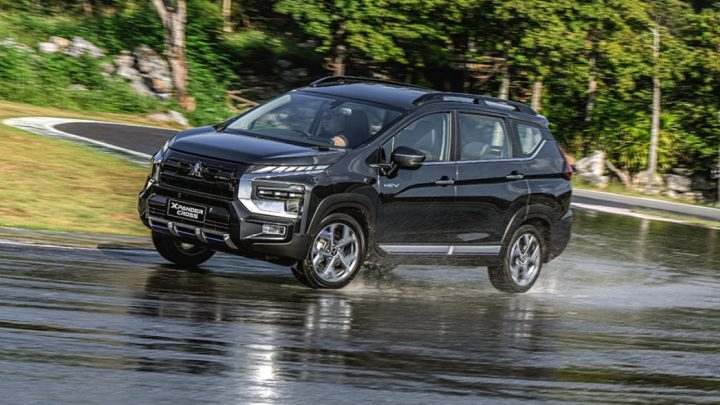
Two of the highest-selling MPVs in the PH just got hybrid power! The Mitsubishi Xpander and Xpander Cross were officially unveiled in Thailand, and after teasers surfaced in the past few weeks, the electrified versions were finally confirmed. After about five years since its introduction, and with the continued rise in electrified mobility, Mitsubishi saw fit to upgrade and update this well-loved model with clean and green tech.
Not “mild” as both Xpander and Xpander Cross get fitted with full hybrid tech
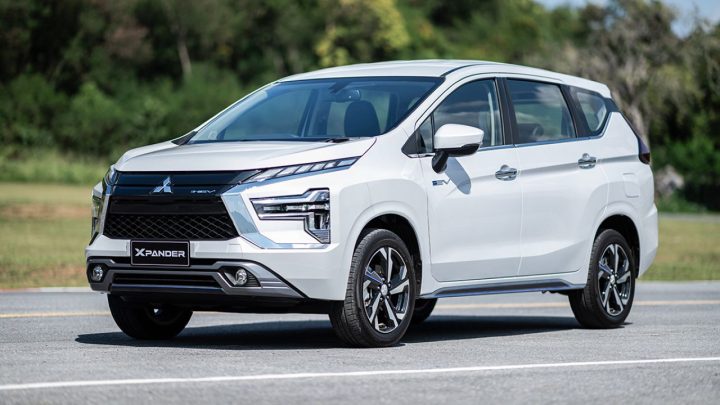
Photo: Mitsubishi
Mitsubishi’s plans to manufacture hybridized versions of some vehicles in their lineup came to light sometime in the middle of 2023. The Xpander and its Cross “variant” were part of this said plan, and less than a year since then, it’s finally come to reality. Thailand gets first dibs on both electrified versions and with what it’s packing, it looks like either variant will gain an even greater following of fans.
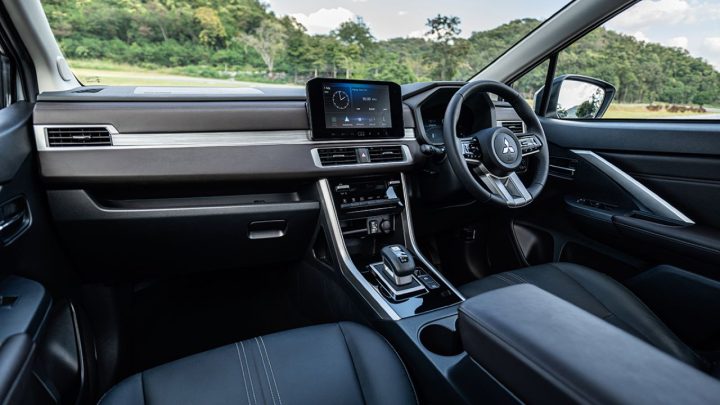
Photo: Mitsubishi
Let’s start with the inside first. From what we can see (with some squinting), the analog gauge cluster has been updated and upgraded to a digital unit. This only makes sense since drivers will need clearer and more information on how the hybrid system is working, and a small multi-information display sandwiched between two dials won’t cut it. The gear lever has likewise been changed to something that looks more, err, “modern”. It’s no longer a conventional stick and now looks to be an electronic selector.
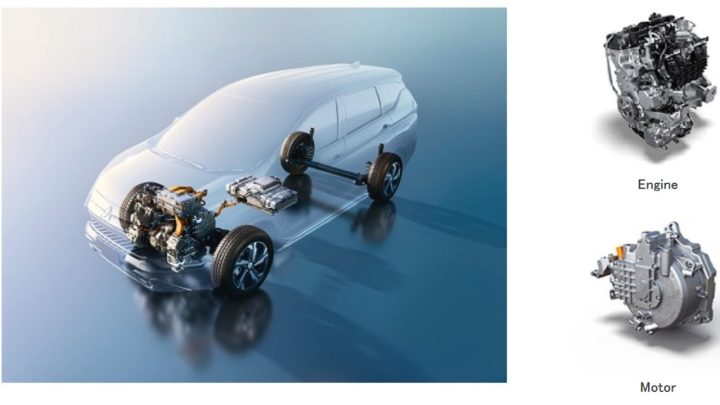
Photo: Mitsubishi
Make no mistake as this is not a mild hybrid like some (or most) of its competitors. Mitsubishi went the full hybrid route and with it came some changes and additions under the hood of their well-loved MPV.
Gone is the 1.5-liter gasoline engine that’s been used since its introduction. It has been tossed out in favor of a 1.6-liter DOHC 16-valve MIVEC engine that makes use of the Atkinson Cycle. A single electric motor is charged by this engine by way of a 1.1 kWh battery. Mitsubishi has declared that both variants of the electrified Xpanders can put out about 114 HP and an impressive (for and in its class) 255 Nm of pull.
Along with the modern, electrified engine comes seven drive modes (EV, Charge, Normal, Tarmac, Gravel, Mud, Wet), Active Yaw Control, and a reworked suspension in the rear. The last was necessary given the changes in load (engine plus battery) but Mitsubishi did this while maintaining the same handling and riding comfort of the non-hybrid versions.
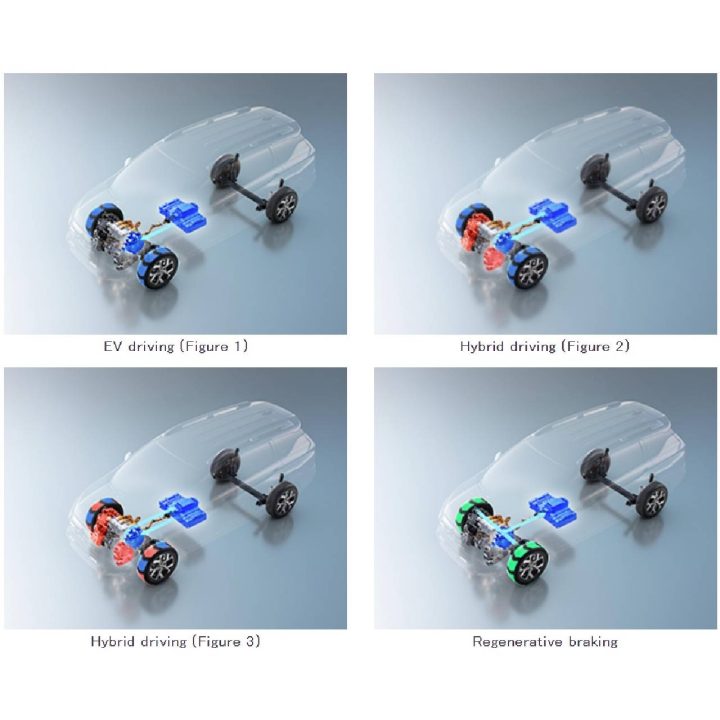
Photo: Mitsubishi
Only a few telltale signs will show anyone that this is the HEV version, and those are by way of a badge on both front doors and thin (read: VERY thin) blue accent stripes on the sides and bumpers of the non-Cross. The Cross gets an added detail with the same blue accents on each wheel.
Roughly converted (and no, please do not take this as a conclusive price should it be offered in the PH), the introductory prices in Thailand range between PHP 1.47USD 0.02INR 2EUR 0.02CNY 0.18 – PHP 1.53USD 0.03INR 2EUR 0.03CNY 0.19 million. Again, “introductory”, ladies and gentlemen. We can expect this to go up in the next few months, and again, should it be brought to the PH, we can expect that it will likely be on the higher end of the “introductory” price in Thailand, and go higher with the Cross version.
The Xpander, along with the Mirage, has been one of if not the best-selling Mitsubishi in the past years. Better late than never, a hybrid version of both the Cross and non-Cross has been a long time coming, and Mitsubishi may have the makings of higher sales with this step forward in greener technology.
Now comes the part where we wait for news about the PH getting it, too. Don’t make us wait too long, Mitsubishi Motor Philippines, no?


